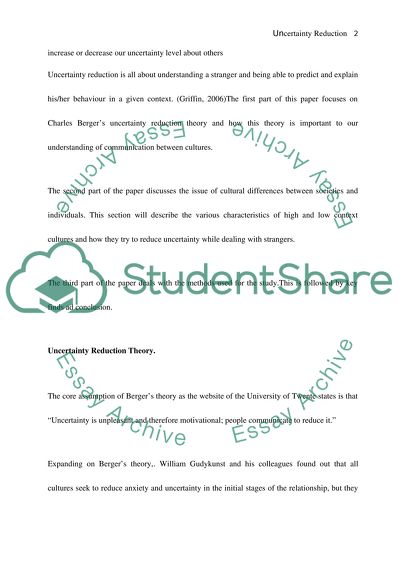Cite this document
(“Cultural Differences in Uncertainty Reduction Essay”, n.d.)
Retrieved from https://studentshare.org/miscellaneous/1505718-cultural-differences-in-uncertainty-reduction
Retrieved from https://studentshare.org/miscellaneous/1505718-cultural-differences-in-uncertainty-reduction
(Cultural Differences in Uncertainty Reduction Essay)
https://studentshare.org/miscellaneous/1505718-cultural-differences-in-uncertainty-reduction.
https://studentshare.org/miscellaneous/1505718-cultural-differences-in-uncertainty-reduction.
“Cultural Differences in Uncertainty Reduction Essay”, n.d. https://studentshare.org/miscellaneous/1505718-cultural-differences-in-uncertainty-reduction.


